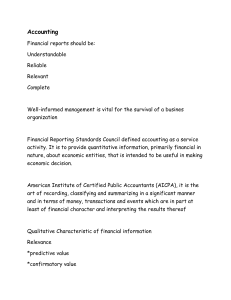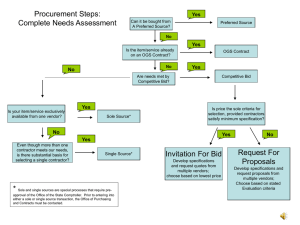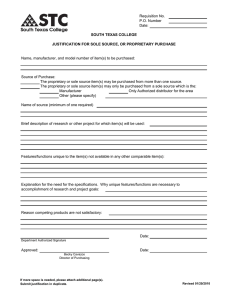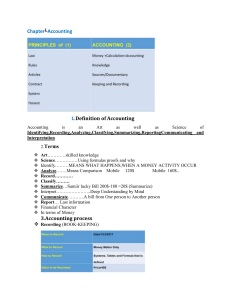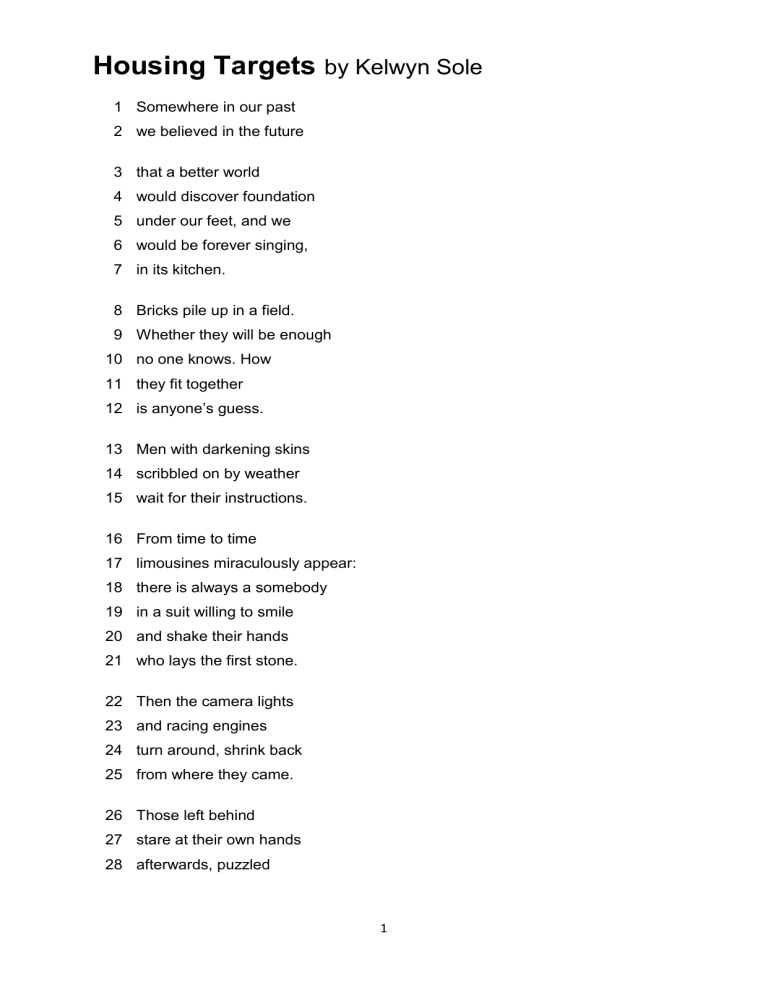
Housing Targets by Kelwyn Sole 1 Somewhere in our past 2 we believed in the future 3 that a better world 4 would discover foundation 5 under our feet, and we 6 would be forever singing, 7 in its kitchen. 8 Bricks pile up in a field. 9 Whether they will be enough 10 no one knows. How 11 they fit together 12 is anyone’s guess. 13 Men with darkening skins 14 scribbled on by weather 15 wait for their instructions. 16 From time to time 17 limousines miraculously appear: 18 there is always a somebody 19 in a suit willing to smile 20 and shake their hands 21 who lays the first stone. 22 Then the camera lights 23 and racing engines 24 turn around, shrink back 25 from where they came. 26 Those left behind 27 stare at their own hands 28 afterwards, puzzled 1 29 at precisely what 30 has been transacted, why 31 they are still being offered 32 bonds 33 squint 34 between gnarled fingers 35 pace out the hopeful distances: 36 – there will be a flower bowl 37 – my bed is going here. 38 As for now the doorknobs 39 have no doors. 40 Their windows peer out 41 At no sky Introduction “Housing Targets” appears in Kelwyn Sole’s poetry collection Love That Is Night, published in 1998. Sole was born and brought up in a lower-middle-class family. Hence, he was pretty aware of the condition of the poor. He could connect with the unfortunate millions who were denied housing, basic sanitation, and electricity. After Nelson Mandela was democratically elected as the President of South Africa in 1994, he promised housing for the poor: an uncompromising assurance in the post-apartheid country. To date, as per the South African government records, millions of people live in traditional or informal houses. Sole’s poem is about people’s realization of the dream of a “better world.” Summary Sole’s poem “Housing Targets” is all about the real picture of South Africa and the so-called promise of proper housing for all. The speaker of this piece describes how they dreamt of a better future, unsure of when it would come. In their version of the “better world,” foundations for their homes are still not laid, and they have no proper kitchens to hum the song of a better life. Instead, bricks kept on piling after the officials made promises. The poor millions have an idea when those bricks will actually be used. From time to time, government officials appear in the peripheries to lay the foundation. They have everything, even more than what they need. In comparison, the poor think about what is still left with them, except a dreamy vision of a better home and a broken picture of a nice life. The speaker captures their present condition in the last two lines: they have doorknobs without doors and windows peering out at the blank. 2 Meaning The title “Housing Targets” is related to the idea of the government target or vision concerning building houses for the needy and segregated population in South Africa. Those who lived in the peripheries, far from the booming urban centers, were promised proper/formal housing to better their living conditions. When Mandela was elected as the President in 1994, he proclaimed housing for all as an “unbreakable promise.” In reality, the actual housing target was never fully achieved. To date, more than 12 million people are in dire need of proper houses. Fewer than 15% of the homes promised have been delivered since the start of the project, launched 24 years ago. Through the title, Sole tries to criticize the government’s plan and its implementation by provoking an image of real South Africa that is still considered “the most unequal and segregated in the world.” Structure, Form, & Rhyme Scheme “Housing Targets” is written in a combination of 10 stanzas. Some stanzas contain two lines (couplet), while others contain around five or fewer lines. There is no specific structure. Besides, there is no regular rhyme scheme or meter in the text. Hence, it is written in the free-verse form. Regarding the point of view, Sole writes this piece from the perspective of a first-person speaker using the plural pronoun “we,” representing aware South Africans. In the poem, there is no proper rhyming pattern, but readers can find the use of internal rhyming within the lines. For instance, there is a repetition of the “f” sound in the lines “would discover foundation/ under our feet.” Another such internal rhyming can be found in “Men with darkening skins/ scribbled on by weather/ wait for their instructions.” Poetic Devices Sole makes use of a number of poetic devices in “Housing Targets” that are mentioned and exemplified below. Enjambment: This device is used in order to make readers go through consecutive lines to grasp the idea. For example, it occurs in the first two stanzas of the poem. Irony: Sole uses this device a fair number of times as this piece showcases the loopholes of modern African administration concerning their overarching promises. To understand how the device intensifies the poet’s criticism, one does not have to struggle. They can find it in the very first lines where the poet shows the reality of a better future. Metaphor: The term “foundation” is used as a metaphor. It is compared to hope on which someone lays the bricks of the dream. It is also used in the line “who lays the first stone.” Imagery: Sole uses visual imagery in a number of instances. For example, the line “Bricks pile up in the field” contains a visual image. He also uses organic imagery in the lines “Those left behind … – my bed is going here” in order to convey the internal emotions (hopelessness and grief) of the speaker. Personification: It occurs in “Bricks pile up in a field,” “Men with darkening skins/ scribbled on by weather,” “racing engines/ turn around,” etc. Alliteration: The repetition of similar sounds can be found in the following phrases, “skins/ scribbled,” “weather/ wait,” “smile and shake,” “puzzled/ at precisely,” etc. 3 Themes Kelwyn Sole’s poem “Housing Targets” taps on a number of themes that include hopelessness, promises, corruption, politics, poverty, etc. The main idea of the poem concerns the promises that were made but not realized. It also focuses on the financial disparity between the rich and the poor. Furthermore, Sole penetrates into the mindset of politicians and their apparently pro-public policies that, in reality, have poor implementation. Through writing this piece, Sole depicts the condition of South African peripheries in the 1990s. He projects a before-and-after picture of the poor millions that strikingly has no dissimilarities! Still, there are issues concerning homelessness, basic sanitation, safe drinking water, and electricity supply. Tone The tone of any poem helps readers understand the writer’s emotional standpoint concerning the topic. In “Housing Targets,” Sole uses a hopeless, discouraging tone in order to bring home his ideas. He tries to present reality from the perspective of a speaker who is well aware of the condition of the poor. Not only that, he takes time to look into the promises that were made by the government and how they actually progressed for the cause. Being aware of the real scene, Sole shows what an aware citizen thinks about the future of the poor. The tone of this piece solidifies that he is completely hopeless and depressed after looking at their condition. Line-by-Line Critical Analysis & Explanation Lines 1-7 Somewhere in … … its kitchen. Kelwyn Sole’s “Housing Targets” begins with a quiet hazy description of the past as well as the future. The speaker is aware of the condition of his countrymen living below poverty. He talks about dreaming in the past regarding a better future. He cannot even remember when they have dreamt so. Probably, he tries to demystify the dream of a free nation with bright prospects. In the past, the South African citizens believed in the prospect of a “better world,” as advocated by their President Mandela. Those living in traditional houses hoped that someday they would find a foundation under their feet. They imagined how life would be in a good house, and they would be singing peacefully in its kitchen. This homely picture, though it conveys a sense of contentment and satisfaction, it is used to present a sense of underlying hopelessness. Lines 8-15 Bricks pile up … 4 … their instructions. In the following lines, the speaker depicts how bricks kept piling in a field, not actually used to lay a foundation. This pile of bricks is a symbol of people’s hopes and aspirations with the new government. They never knew how their dreams would be realized in the future. Not even they could imagine whether the “bricks” (efforts from the government) would be “fit” enough to build their future. None could guess. In the next stanzas, Sole draws attention to a discouraging image. This picture consists of a few men who are waiting for their instructions. Their “darkening skins” how they toiled in every weather condition. The housing targets of the government not only brought hope to the poor but also to those laborers who thought of getting long-term work in construction. Like the homeless, the laborers are also sitting dejectedly waiting for the order. Lines 16-25 From time … … where they came. These lines from “Housing Targets” are universal in nature. People living in third-world countries (even in the developed ones) are well aware of this scene. They have seen luxury cars (especially limousines typically used by top-level politicians or leaders) miraculously appearing in the peripheries of a country from time to time. The rural people generally don’t know who they actually are. They just know the person in a suit, coming out in shining black, is someone big and has the charismatic ability to revamp their future. The question is, “do they really care?” Those big men always wear a fake smile and shake their hands (afterward sanitize their hands frequently). They try to act like they are one of them. Eventually, the first stone gets laid. It is the only foundation that gets laid. After that, the camera lights and racing engines turn around to where they have come. The “camera lights” and “racing engines” are used for the sake of publicity stunts. Lines 26-41 Those left … … no sky. The last few lines of “Housing Targets” create a contrast between the haves and have-nots. These lines show the disparity between the politicians’ lifestyle and that of the hopeless millions who are denied their basic needs. After the suited figures dispatch from the scene, the poor ones stare at their hands. This image is associated with the idea of hopelessness and impoverishment. 5 They feel quite baffled by the fact that what has been transacted. Is this transaction of hope and aspiration going to bear any fruits? They ask themselves why they are still offered “bonds,” a metaphorical reference to promises. The old ones who had hoped decades back for a better future hardly can see what they presently have. Somehow, they try to look back on how they dreamt of a home. Like children imagine several things out of nowhere, the poor imagine where they will keep their flower bowl or bed in their dream home. Sole startlingly creates a contrast between their dream and reality in the last lines. He described their dreams as “doorknobs” without doors. Furthermore, he connects their present state with the image of windows peering out at nowhere. These broken images aptly resonate with the sense of absurdity in the poor’s hearts. Historical Background The poem “Housing Targets” was published in 1998 in Kelwyn Sole’s poetry collection, Love That Is Night. Born in 1951 in a lower-middle-class family, Sole in a 1994 interview said, I certainly wasn’t brought up in a liberal or leftwing household, although I was instilled with a very strong sense of justice and the uniqueness – let’s call it the vulnerable uniqueness – of all living things. Source: Kelwyn Sole (poet) – Poetry International This “strong sense of justice” made him write about the condition of housing during the 1990s. After ANC’s leader Nelson Mandela was elected as the President in 1994, he made an uncompromising promise to have housing for all, especially those who were living in poor conditions. Subsequently, the government’s aspiring RDP (Reconstruction and Development Programme) faded. Only the condition of the poor was constant. It changed at such a slow pace that several other problems bloomed alongside homelessness. Through this poem, Sole does a reality check on the aspirations of South African people and describes how they were disillusioned. 6

